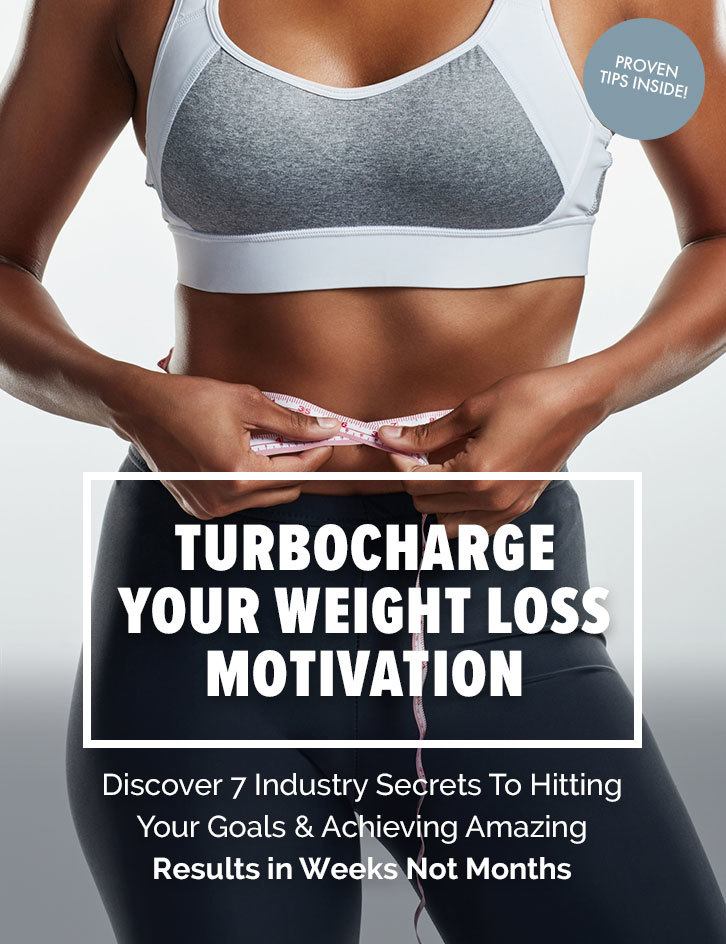THE AFTERBURN EFFECT – BURN FAT AFTER YOUR WORKOUT
Question: So, you’re telling me that when I workout I can keep burning EXTRA calories for up to 48 hours after my last rep? How does that make sense if I’m not working out the whole day?
Answer: Yes, that’s exactly right. Simply put the Afterburn Effect allows us to burn just as many calories after an intense workout as we did during. It does it through increased oxidation (E.P.O.C.), using more muscle fiber, repairing muscle tissue and through increased metabolic rate. It’s confusing but here’s how.
WHAT IS E.P.O.C.?
These extra burnt calories are collectively known as Excess Post-exercise Oxygen Consumption (EPOC). What this basically means is how many additional calories your body will burn after the workout has been completed in order to return your body to the state it was in before the exercise took place.
If your goal is to achieve maximum fat loss, you will want to optimize EPOC as best as you can, thereby increasing the total number of calories you burn that day. Burning fat while you sleep and rest is awesome!
The degree of E.P.O.C. you experience has a direct correlation to the intensity of your workout session. The harder you are able to work out, more energy your body will need to expend to bring your muscles, cardio system, immune system and total body back down to normal once again.
To maximize your EPOC value you want to limit heavier weights (only amounts you can lift with good form and you must be able to hit your desired reps), you need to reduce unnecessary rest periods and you need to make sure you are giving your body regular recovery programs (massage, chiropractic and/or stretching).
HOW DOES INCREASED MUSCLE FIBER ACTIVATION HELP?
Muscle fiber is the basic element of the muscle. These are the three types of muscle fiber: slow twitch, fast twitch and pure fast twitch. Each of these types of fibers do different things and need different things. Slow twitch fibers get most of their energy from fat tissue burning, a process that requires oxygen. Pure fast twitch fibers are different in that they contract rapidly and fatigue easier and these fibers get their energy from burning glycogen. Fast twitch fibers a combination of both fibers.
To really train your muscles properly and to create a strong, well rounded strength base we need to train all 3 types of fibers. So we need to throw combos at our body – weight training, High intensity cardio and explosive movements. The more we utilize all 3 fibers the more energy is needed and the more calories you will burn!
Even when sleeping, muscle tissue is very active and requires up to 15 calories per lb per day to repair after an intense workout and tries to prep for the next one. So training a muscle hard enough and frequent enough for it to need repair (in a good way) will keep you in Afterburn. Fluffy little workouts won’t get you anywhere. Consequently, losing muscle (muscle atrophy) results in a reduction of your metabolic rate.
So, in the grand scheme of things…if you goals are fat loss while trying to not lose muscle while dieting, then HIIT cardio and the benefits of EPOC are right your alley.
PS – watch this video Jack Wheeler, owner of 360 Fitness Red Deer Personal Training and Voted Red Deer’s Best Personal Trainer in 2016 made about the benefits of HIIT cardio and the results of EPOC. Enjoy!


